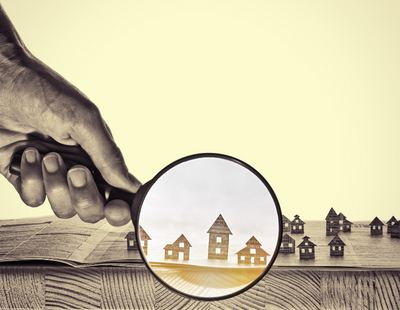
The Building Safety Act will cause further delays to the home moving process, a senior industry executive has warned.
Rob Hailstone, chief executive of conveyancing network The Bold Legal Group, has warned that while the Act is meant to give residents and homeowners including leaseholders more rights, powers, and protections to make homes across the UK safer, much of its reforms are unclear and ill-communicated.
The Act creates a Building Safety Regulator to oversee and monitor construction and standards, while an accountable person such as a landlord or freeholder will be responsible for monitoring resident safety and will be responsible for repairs.
Landlords and freeholders are also prohibited from recouping the costs of cladding remediation from leaseholders in a service charge but this only applies to buildings above 11m high.
Speaking to The Guild of Property Professionals chief executive Iain McKenzie on the latest The Home Stretch podcast, he said: “The Act is understandably worrying and confusing conveyancers with some not acting on leasehold properties as a result.
“Many chains will have a leasehold property within the transaction that is impacted by the Act, so this could result in the entire chain being negatively affected if there is a delay. Based on what I have seen, I think the coming months will see more and more transactions almost grind to a halt or collapse completely.
Hailstone said that the intention of the Act at its core is honourable, believed to be brought in as a result of the tragedy that unfolded at the Grenfell Tower.
He added: “What the Government is trying to do is make sure that no leaseholder is unfairly liable for the cost of any building safety work, whether that be cladding or other issues including some fire requirements.
“It delivers far-reaching protections for qualifying leaseholders from the costs associated with remediating historical building safety defects, and an ambitious toolkit of measures that will allow those responsible for building safety defects to be held to account.”
He notes that the Government wants all leaseholders to complete a leaseholder certificate, which they are required to do to be protected by the Act, irrespective of whether they are in the process of selling their property.
A deed of certificate confirms whether they are eligible for the leaseholder protections. They can choose to complete and send a deed of certificate to their landlord at any time.
They must complete a deed of certificate if their landlord notifies them that they require one, either because they are selling their property or there is a relevant defect in the building. If they do not complete it, they will not benefit from the protections for qualifying leases.
Hailstone added: “For a building to be defined as a ‘relevant building’, it must be at least 11m in height or has at least five storeys, whichever is reached first.
“There are other criteria, however, the first problem of many is how do you establish the height of the building? Nobody seems to want to take responsibility for determining the height of the building.”
Download the full The Home Stretch podcast.











/MichaelGove-400x310.jpg)




.png)


.png)




Join the conversation
Be the first to comment (please use the comment box below)
Please login to comment